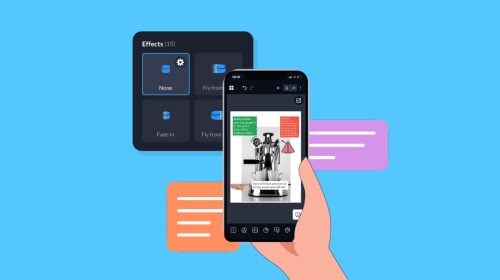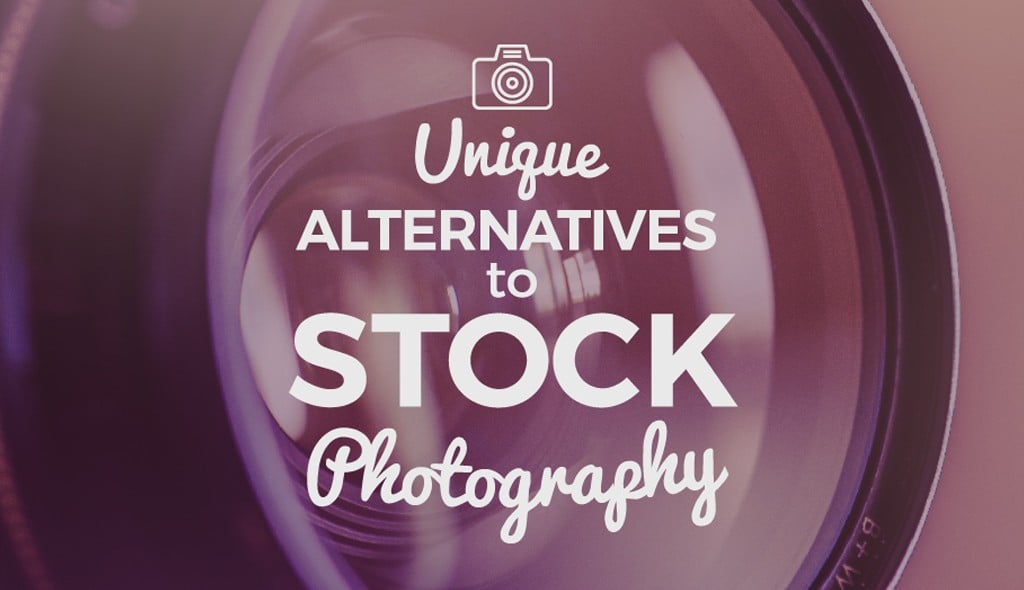
Content Types


Stock photography is the supply of photographs that are often licensed for specific uses. They have been heavily relied upon in creative assignments as a replacement for hiring professional photographers.

The use of stock photography started in the mid-1880s, back when newspapers and magazines started to operate and distribute. Staff photographers were commissioned to produce images that the publishing houses could buy for use in print media.
In 1920, one of the very first major stock photography agencies, Robert Stock, was established. The company may not be as popular today as Getty Images, which pioneered licensing images online, but it has survived quite a lot of other stock image websites and agencies.
In stock photography, professional photographers find agencies to sell their collections to. These agencies can do any of the following:
The prices of these images vary according to the size of the audience they can reach. The period of usage and the country where the images will be used determines the price of the image content.
The Internet has redefined the world of stock photography. Getty Images started sharing their professional collection online as a way of reaching a greater market and getting bigger returns on their investments. Corbis, another photo bank giant, is a Seattle-based creative resource for designers around the world. They have managed to amass a comprehensive collection of stock photography, illustrations, fonts, symbols, video footage and more.
The last decade has seen the birth of more and more stock photography websites catering to the undeniable need for images in the creation of visual communication materials and design projects. There are various agencies catering to different fields and in this post, we break them down according to size, price and popularity.

Macrostock refers to high-priced and exclusive collections of images, which are often seen as traditional stock photography. Macrostock includes agencies like Getty Images and Corbis. These types of photo banks are go-to places for publishing houses that require exclusive content for their businesses. Advertising agencies benefit greatly from them since they offer large collections of images from which the right content can be carefully chosen for marketing or advertising campaigns. Macrostock agencies promise exclusivity by offering high-priced content in comparison with other types of agencies, such as microstock.

Microstock refers to collections that are generally more affordably priced and offer inclusive access to all other images related to a particular collection, but do not allow users to retain ownership or exclusive access to these images.
Microstock photography is pretty popular, even among multinational companies, because they do not require exclusive ownership or rights to use them.
Graphic designers frequent these websites to get low-cost, high-resolution images that require little to no processing. Bloggers and website owners also visit them to obtain high-quality images to support their content.

The use of stock images can greatly benefit any business. Understanding some commonly used stock photography terms can help you determine which type is the most adequate for your needs:
This means you do not have to pay every time you use the image.
Royalty-free photos require you to pay a one-time fee to get unlimited access to the image collection. There are no restrictions attached as to when and how long you can use the image.
Most photos under this category can be sold as many times as possible for as long as there is a demand for them. When it comes to printing them, however, there is a limit to how many times they can be used. Any additional run outside the agreed number will require additional payment.
These are more popularly known as licensed images. This refers to the copyright license of photography and stock photos. Purchasing this option offers the buyer a limited one–time use of the image, as specified by the license. Images under these terms cannot be used in any other way or place unless additional licenses are purchased.
This type of image offers a guarantee to the buyer: No other person or entity can use the same image in any manner that conflicts with the intention of the buyer. The cost of this type of license is determined by the following factors, which must be clearly stated in the stipulations made between the buyer and the agency:
When used in a print run, rights-managed images offer a much wider production.
This type of image collection refers to images that can be freely used by anyone, wherever they may be. It can be used for personal and commercial purposes without consequence.
Public domain images can never be the subject of exclusivity in any stipulation and, therefore, are available for use by anyone, anywhere and can be used as many times as needed.
The use of stock photography is always an option. However, there are also other resources you can use to make your visual content stand out online. Today, we have more-than-capable smart phones, DSLR cameras, visual content creation tools and tutorial videos that can help you create and produce your own collection of images for your blogs or creative projects.
Here are a few ways you can spice up your visual content strategy:

Most smartphones come equipped with high-spec cameras. The latest bunch of phablets, for example, pack anywhere from 12 to 16 megapixels. If you learn the ins and outs of your smartphones, you might just be able to capture a replica of your favorite stock image.
Owning DSLR cameras has become quite the trend today, next to buying smartphones. The advent of visual platforms has paved the way for online users to document every movement they make with their own cameras.

This is the golden age for anything that can be produced visually. Infographics are better alternatives to stock photos since they are very effective in conveying messages or telling stories. You can learn more about infographic creation here.

Illustrations convey character and personality. There are designers who offer their services online, and if you're lucky, you'll find one who can create the right illustration for your blog or marketing campaigns.
If you're a blogger in a particular niche, you can deviate from your usual photo support and instead create a 15-second video about your blog topic or, better yet, create a video blog and use it to drive traffic to your website. Short videos tell much more than a single photo can.

Instagram and Pinterest are social communities and photo banks all at the same time. If you don’t have access to licensed images, then you can utilize social media platforms to find the images you need. This is totally free since everything shared on social media, for the most part, has one major goal: virality.
This is the age of visual revolution. There are other methods you can use to improve the appearance of your website. They are various ways to creatively tell a story. Most importantly, there are other media formats that you can use to complement your collection of stock images.
In future posts, we will teach you how to use the above alternatives to maximize brand exposure, drive traffic and increase conversion rates.
Design visual brand experiences for your business whether you are a seasoned designer or a total novice.
Try Visme for free
About the Author
Mydee is a content strategist at Visme’s Visual Learning Center. After years of writing for various companies to promote brands and products, her passion for content and love for offering valuable information landed her at Visme to help individuals and businesses make informed decisions and improve their communication and presentation skills.